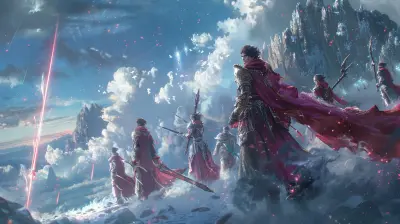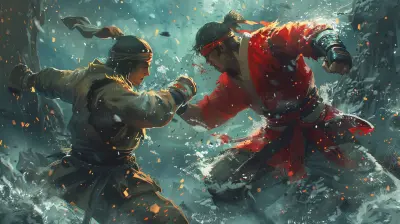The Aesthetics of Fighting Games: From Visuals to Animations
11 August 2025
When it comes to fighting games, there's something inherently magical about them, right? Think about it — the way a perfectly-timed uppercut connects, or how the screen lights up with explosions and particle effects every time a special move lands. Fighting games aren’t just about button-mashing your opponent into submission (although I know some of you live for that). No, my friends, there’s an art to these games that goes beyond mechanics and combos. It’s the aesthetics — the visuals, the animations, and the overall vibe that make these games irresistible. Let’s dive headfirst into the pixelated beauty of fighting games and figure out why they’re such an eyeball-dazzling spectacle.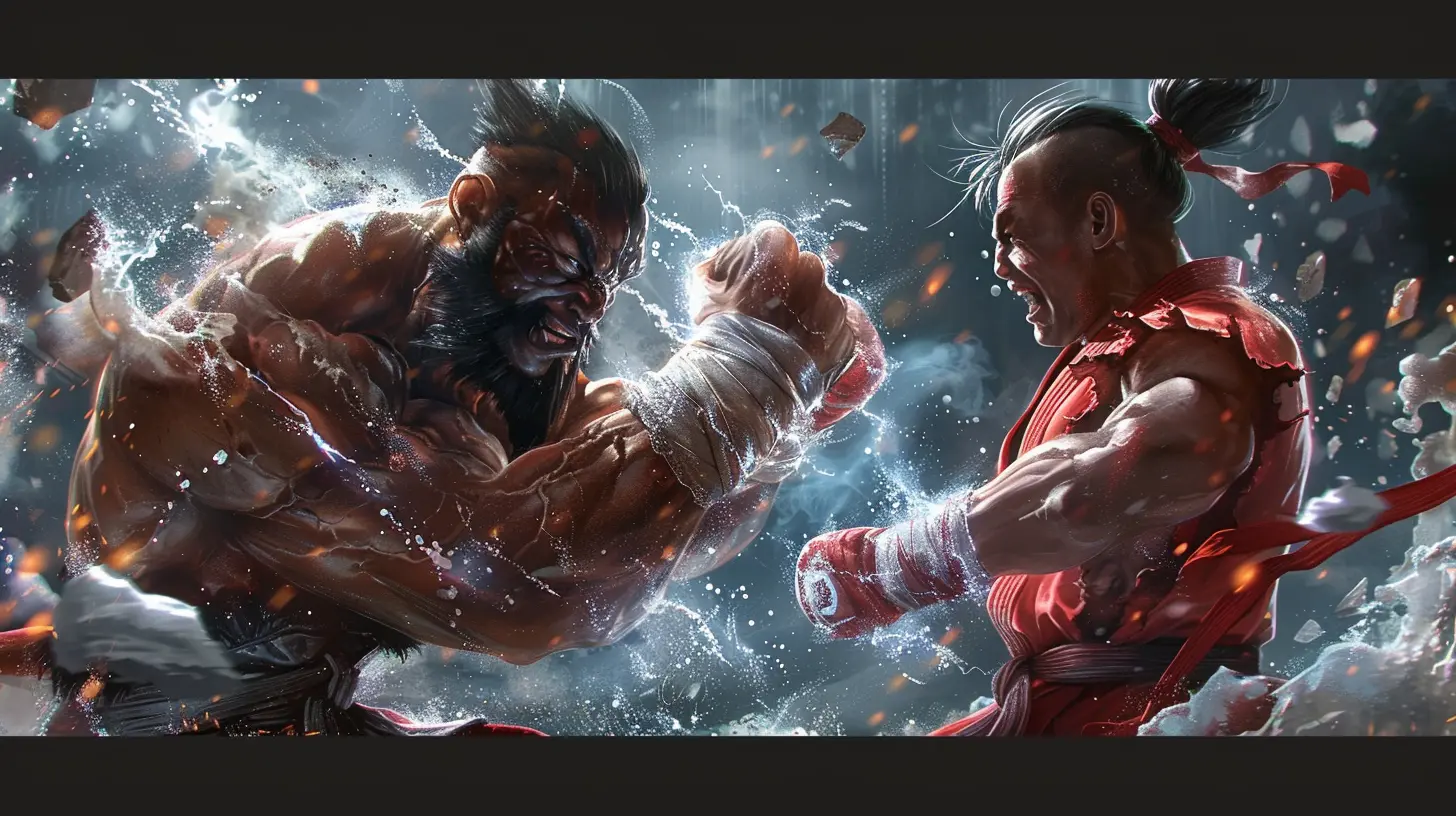
Why Aesthetics Matter in Fighting Games
Okay, let’s be real: Nobody would stick around for a game that looks like it was cobbled together by a sleep-deprived student from 1992. The way a fighting game looks is its first line of offense. It grabs your attention and makes you want to pick up the controller. But aesthetics aren’t just about being pretty. They’re a language, a way of communicating the game's personality, lore, and vibe.Take Street Fighter as an example. Ryu’s iconic white gi and red headband? They’re as recognizable as Mario’s red hat. The visual design helps you immediately identify each character’s role in the story. And then there’s the animation — smooth, expressive, and packed with attitude. Each punch and kick feels personal, like the game is calling you out for a 1v1 in the parking lot.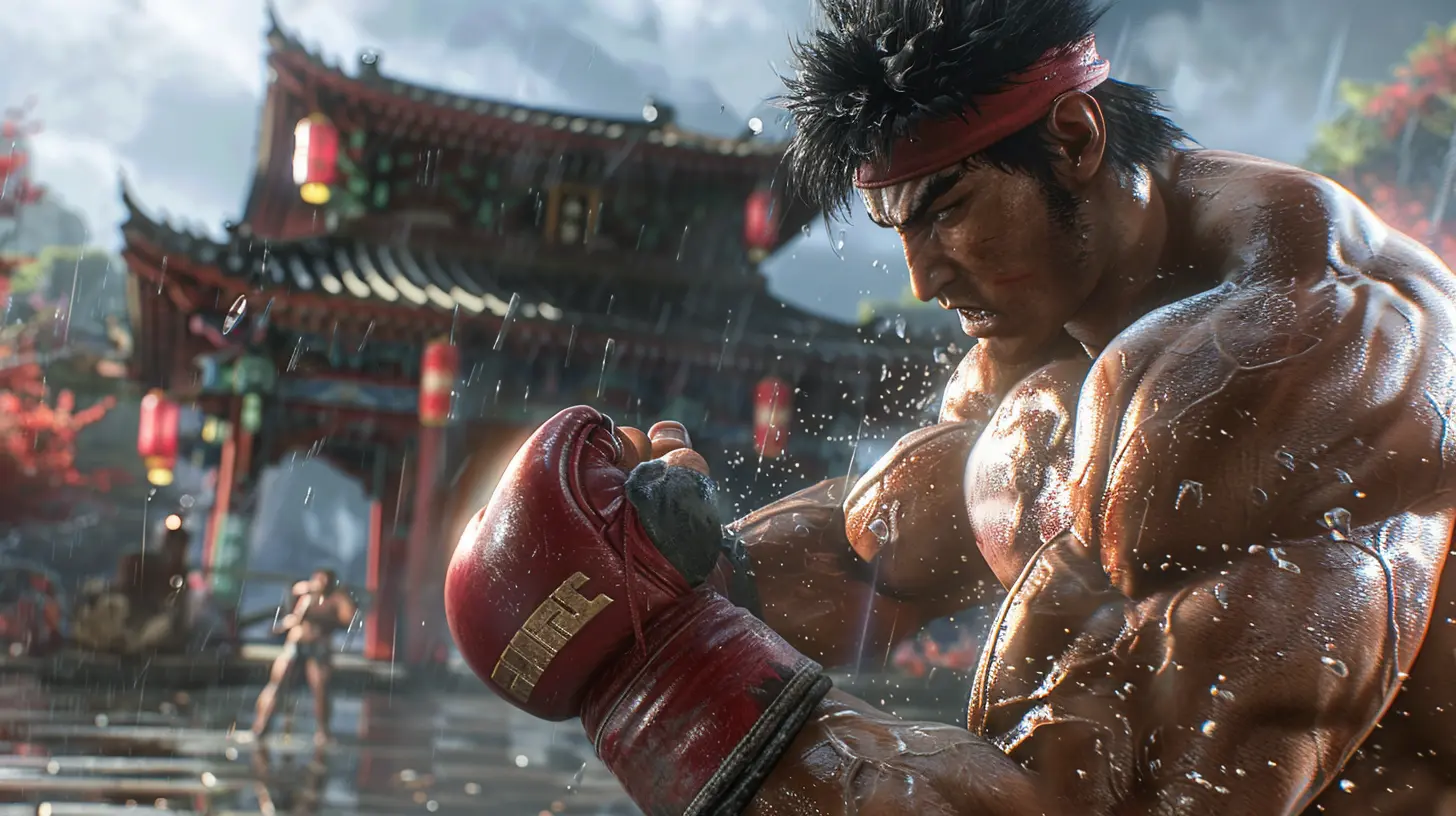
The Visual Palette: More Than Just Pretty Colors
Let’s talk colors for a sec. Fighting games don't just slap random shades onto characters and call it a day. Oh no, there’s a method to the madness. Developers use colors to evoke emotions, highlight key details, and even guide your gameplay.For example, games like Guilty Gear and Dragon Ball FighterZ go full-throttle on vibrant, over-the-top palettes. These aren’t games made for subtlety; they want to punch your retinas with neon hues and wild contrasts. On the flip side, you’ve got the grittier, more grounded tones of Mortal Kombat, where blood-red splashes against dark, ominous backdrops. It’s like comparing a rave party to a horror movie—and both are equally awesome in their own way.
Pro tip: Next time you’re playing, take a closer look at the backgrounds. Developers put so much effort into making them dynamic and immersive. Whether it’s a bustling cityscape, a tranquil temple, or a hellish underworld with literal fire raining down, these environments tell their own little stories.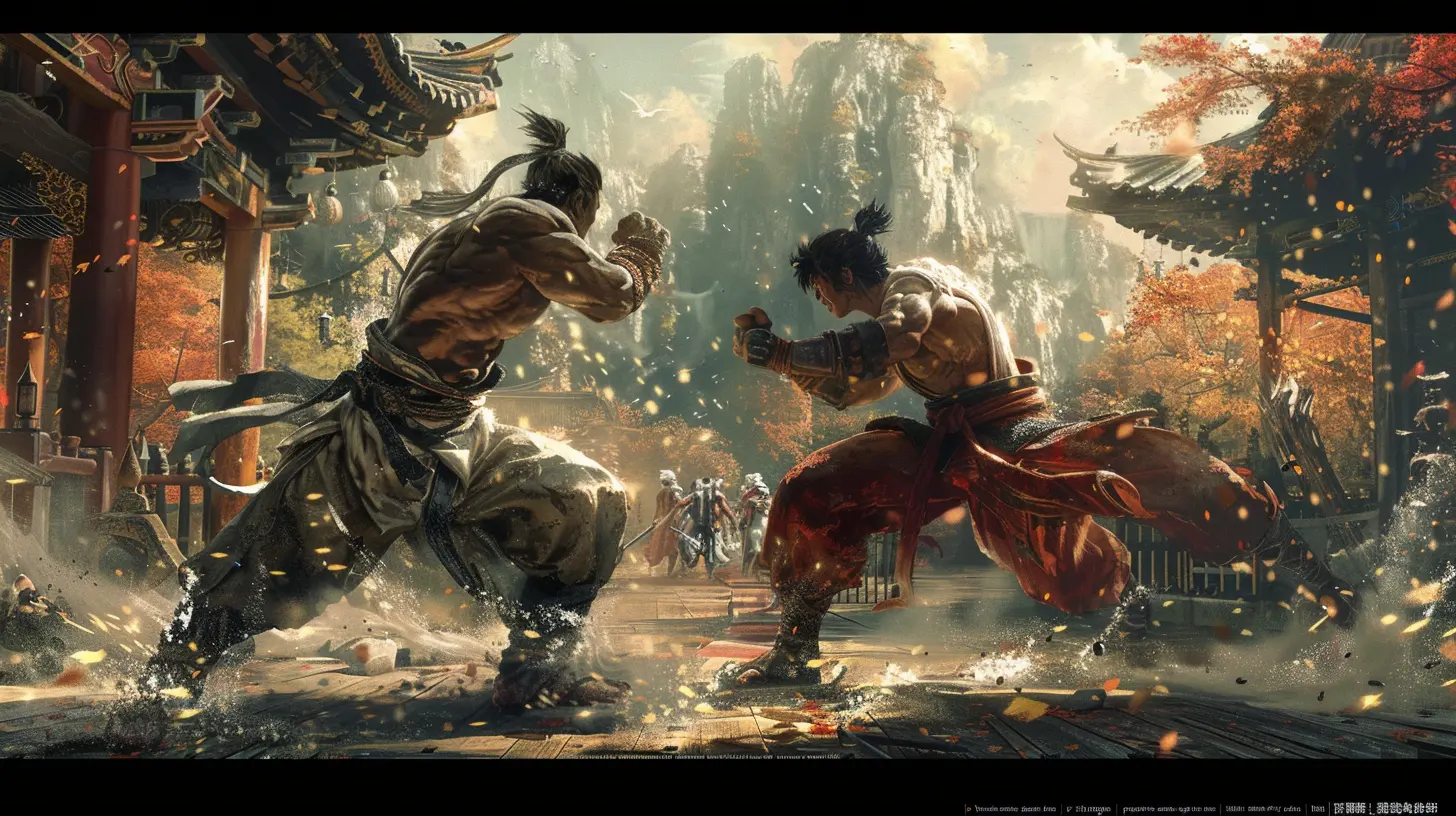
Character Design: It’s All About First Impressions
Let’s not beat around the bush here: Fighting games live or die by their characters. Seriously, when’s the last time you played a fighter that didn’t have at least one character so cool, you instantly wanted them on your team? The key to a great fighting game aesthetic lies in its ability to make characters pop.Each fighter has to have a distinct look and feel, both to help you pick them out during a chaotic match and to establish their personality. What makes Chun-Li's spiked bracelets iconic? Why do Scorpion and Sub-Zero get away with wearing practically the same outfit while still feeling unique? It's all about the small details — the accessories, the poses, and even their color schemes.
And don’t get me started on the DLC characters. You can bet developers will throw every ounce of creative juice they have into making those extra additions irresistible. Y’all know they got you when you find yourself saying, “I don’t care if this costs $5, I need this character.”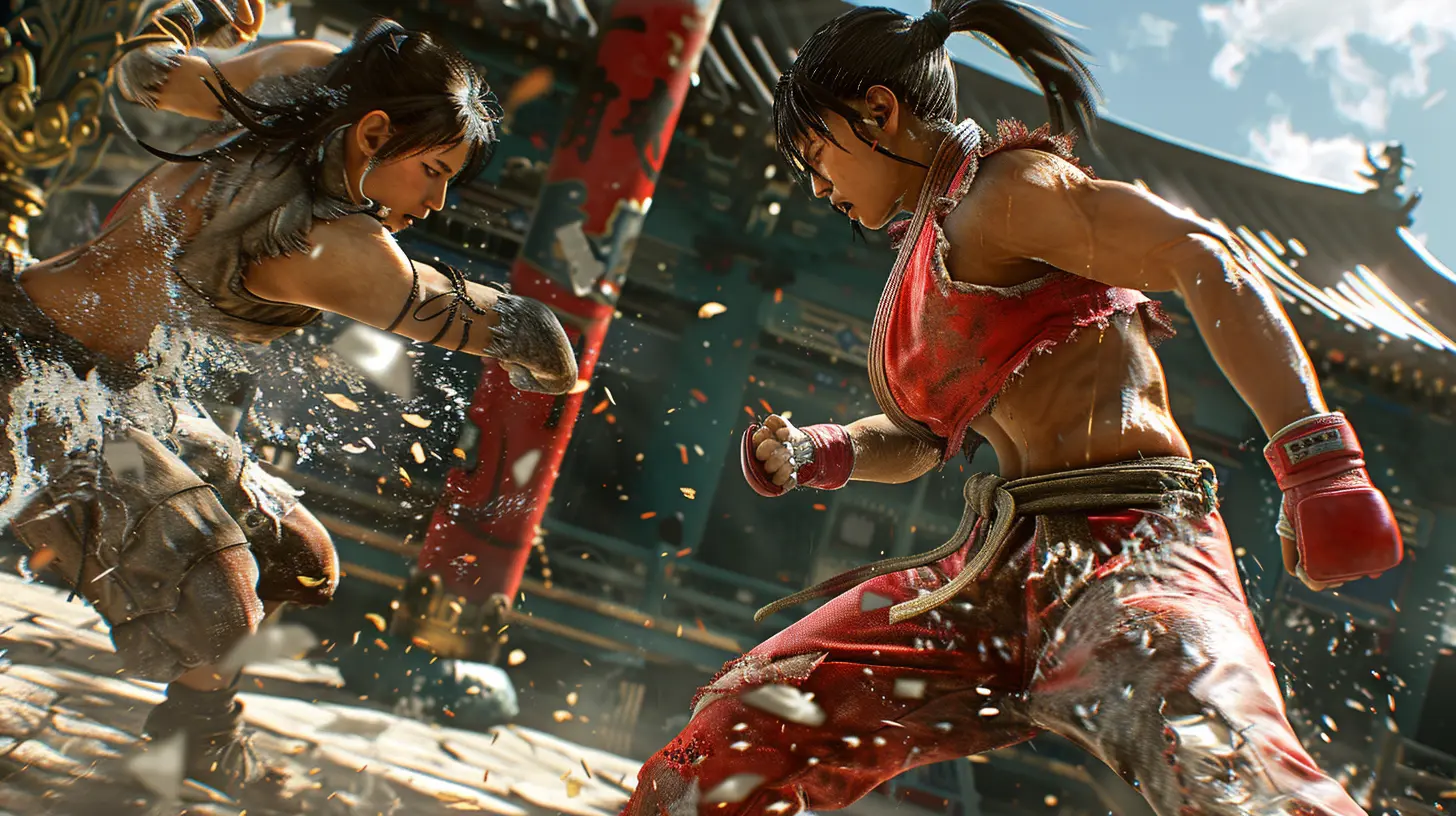
Animations: The Heartbeat of Fighting Games
Animations are where the real magic happens. (And no, I’m not just talking about the flashy cinematic specials, although those are chef’s-kiss levels of cool.) A fighting game lives and dies by how its characters move. Every jab, kick, and roundhouse needs to feel fluid, impactful, and, most importantly, responsive.Ever notice how the best fighting games almost feel like they’re moving in sync with your brain? That’s top-notch animation. Tekken does this brilliantly with its motion capture, creating realistic-yet-exaggerated moves that blend fantasy and realism. Meanwhile, games like Smash Bros. go for a more cartoony, over-the-top style, where even a home-run bat swing feels like an event.
And let’s not forget hit detection! When a punch lands, it should feel good. You want to see sparks fly, hear bones crunch (if that’s your thing), and maybe even watch a slow-mo replay of your opponent’s soul leaving their body.
Special Effects: Because Why Not Add Fireworks?
If you’ve ever landed a Hadouken in a packed arcade, you know the sheer drama of fighting game effects. These games thrive on spectacle. From the glowing auras of powered-up characters to the screen-shaking fury of ultimate moves, special effects are like the main course at an all-you-can-eat buffet of eye candy.Remember Marvel vs. Capcom 3? That game didn’t just add effects — it straight-up assaulted you with them. Every hyper combo lit up the screen like the Fourth of July. And while that might sound like overkill, let’s be honest: Fighting games aren’t about being subtle. If you’re gonna pummel someone into the afterlife, you might as well make it look epic.
Accessibility in Aesthetics: The Fine Line Between Chaos and Clarity
Now, here’s the tricky part: A fighting game can’t just look good. It has to make sense while looking good. A chaotic screen that leaves players squinting at their characters? That’s a no-go. The best fighting games walk the tightrope of making every punch and fireball visually explosive while still keeping the focus on the action.Games like King of Fighters excel at this. Even when the screen is filled with flashy effects, the clear character outlines, smart use of color contrast, and intuitive animations mean you’re never lost in the chaos. It’s like watching a crazy action movie where you somehow always know what’s going on. (Michael Bay, take notes.)
Sound and Aesthetics: The Unsung Hero
Alright, I know this article’s title is about visuals and animations, but we’ve gotta talk sound for a second. You can’t separate the audio from the overall aesthetic. Imagine a fighting game where punches don’t sound like thunderclaps or where special moves lack that booming “KA-POW” sound. What’s the point if you can’t feel the crunch in your bones (metaphorically speaking, of course)?Great sound design enhances the visual impact, making every move feel weighty and powerful. Think about the announcer voices too. You know you’ve made it when the announcer screams, “K.O.!” like it’s the end of the world.
The Legacy of Fighting Game Aesthetics
Fighting games, in all their pixelated, 3D-rendered glory, have come a long way. From the chunky sprites of Street Fighter II to the jaw-dropping visuals of modern-day titles like Mortal Kombat 1 (yes, they just reset the timeline… again), the evolution of aesthetics in this genre is nothing short of incredible. What’s even more exciting? Developers keep pushing the limits, finding new ways to make jaws drop and thumbs blister.Wrapping It Up
So, there you have it — the aesthetics of fighting games aren’t just window dressing. They’re an integral part of what makes these games so intoxicatingly fun. Whether you’re here for the flashy moves, the insane character designs, or the pure hype, fighting games are proof that art and action can coexist in the most glorious of ways.Next time you boot up your favorite fighter, take a moment to appreciate the little details. The flicker of flame on a fireball. The subtle sway of a character's idle stance. The outrageous bling on a DLC skin. Because in the world of fighting games, it’s the aesthetics that make you fall in love before you even throw the first punch.
all images in this post were generated using AI tools
Category:
Fighting GamesAuthor:

Leandro Banks
Discussion
rate this article
1 comments
Mika McNair
Love the insights! Fighting games are art—let’s champion their beauty and creativity together!
August 21, 2025 at 2:23 PM

Leandro Banks
Thank you! Absolutely, fighting games are a beautiful blend of art and creativity. Let’s celebrate their unique aesthetics!
